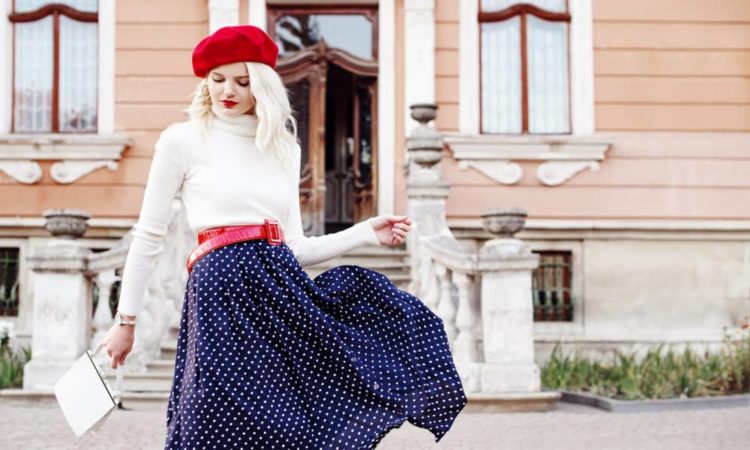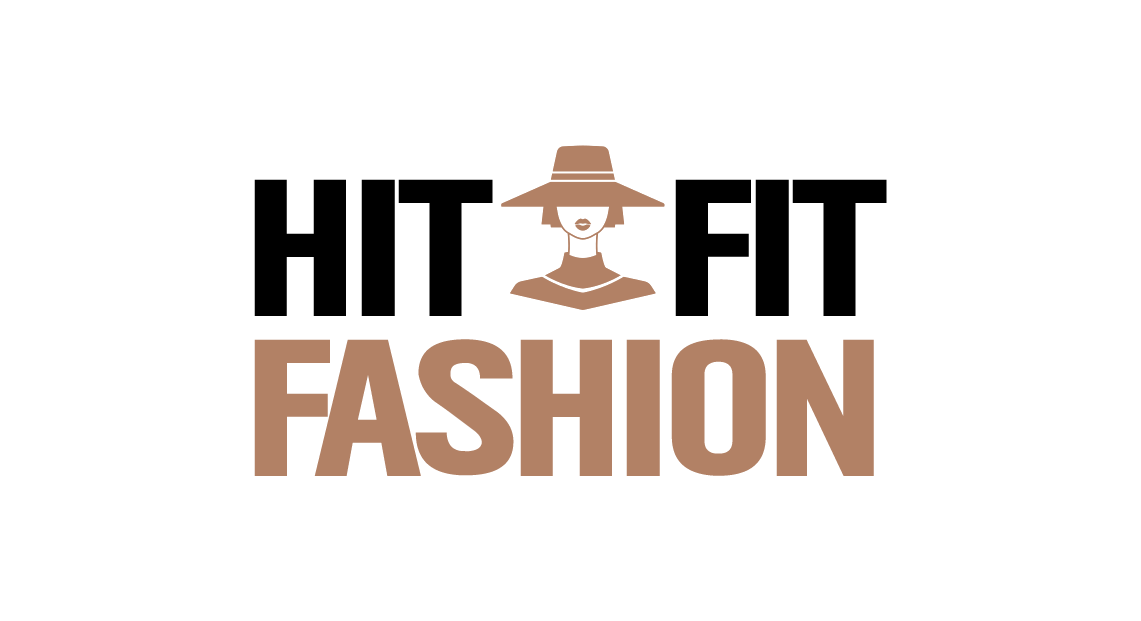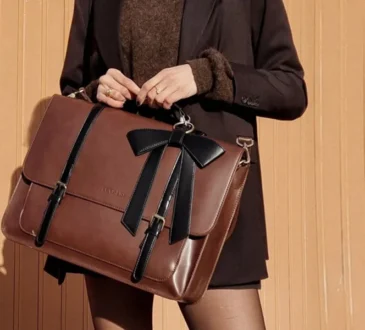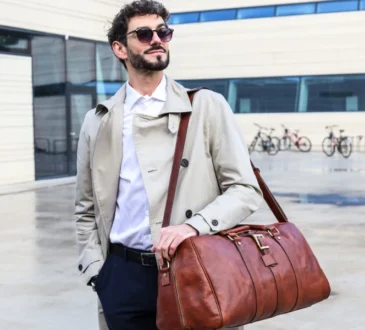
In the dynamic world of fashion, where appearance is paramount, photographs play a pivotal role in conveying a brand’s style and message. However, often the raw photographs captured by the camera need a touch of magic to truly come alive. This is where fashion photo editing steps in as a creative canvas, transforming images into visual masterpieces that captivate audiences and tell compelling stories. Let’s delve into the realm of fashion photo editing, exploring its techniques, significance, and the artistic vision it demands.
Table of Contents
- Introduction: The Power of Visual Storytelling
- The Art of Fashion Photo Editing
- Enhancing Colors and Textures
- Perfecting Skin and Makeup
- Crafting the Ideal Composition
- Maintaining Brand Consistency Through Editing
- Establishing a Signature Look
- Conveying Mood and Emotion
- Pushing Boundaries: Experimental Editing in Fashion
- Playing with Light and Shadows
- Incorporating Surreal Elements
- Technical Tools for Fashion Photo Editing
- Photoshop: The Industry Standard
- AI-Powered Editing Software
- Navigating Ethical Concerns in Fashion Editing
- Body Image and Authenticity
- Balancing Enhancement and Reality
- Evolution of Fashion Editing: Then and Now
- From Darkroom to Digital
- Social Media’s Influence on Editing Trends
- Becoming a Fashion Photo Editing Virtuoso
- Learning Various Editing Techniques
- Developing a Unique Editing Style
- Conclusion: The Artistry Behind the Pixels
Introduction: The Power of Visual Storytelling
Fashion is a language of its own, a way for individuals to express themselves without uttering a single word. Photography within the realm of fashion acts as a conduit for this self-expression, encapsulating the essence of a brand or an individual’s style. However, it’s the art of fashion photo editing that truly amplifies this voice, allowing photographers and editors to create narratives that resonate deeply with their audience.
The Art of Fashion Photo Editing
Enhancing Colors and Textures
In the world of fashion, colors can evoke emotions, and textures can add depth to an image. Through editing, photographers can enhance the vibrancy of colors, making a red dress pop against a neutral backdrop or giving a monochromatic outfit a dramatic contrast. Additionally, textures in fabrics can be accentuated, lending a tactile quality to the photograph that viewers can almost feel.
Perfecting Skin and Makeup
Fashion models are often seen as paragons of beauty, and editing plays a pivotal role in achieving that flawless look. Skin imperfections can be smoothed, blemishes concealed, and makeup refined to achieve an idealized version of beauty. However, it’s crucial to strike a balance between perfection and authenticity, ensuring that the edited image still resembles the real person.
Crafting the Ideal Composition
The composition of a photograph dictates its visual impact. Through editing, photographers can adjust the framing, cropping, and alignment to guide the viewer’s gaze. It’s about creating a harmonious arrangement that draws attention to the focal points and elements the photographer wishes to emphasize.
Maintaining Brand Consistency Through Editing
Establishing a Signature Look
Brands often have a distinct visual identity, and editing contributes significantly to its development. By consistently applying specific editing techniques, such as a particular color palette or tone, brands can create a signature look that makes their images instantly recognizable.
Conveying Mood and Emotion
Editing is a powerful tool for conveying mood and emotion. Whether it’s the ethereal feel of a bridal collection or the edgy vibe of streetwear, editing can enhance these emotional undertones, evoking a visceral response from the audience.
Pushing Boundaries: Experimental Editing in Fashion
Playing with Light and Shadows
Experimental editing allows for the exploration of unconventional techniques. Playing with light and shadows can create captivating visual effects, adding an element of mystery or drama to the photograph. By manipulating light sources or introducing unexpected shadows, editors can craft a narrative that challenges conventional norms.
Incorporating Surreal Elements
Fashion photography is not confined to reality; it often ventures into the realm of fantasy. Through editing, surreal elements can be seamlessly integrated, turning an ordinary photo into an extraordinary piece of art. This can involve anything from levitating objects to creating gravity-defying poses.
Technical Tools for Fashion Photo Editing
Photoshop: The Industry Standard
Adobe Photoshop remains the cornerstone of fashion photo editing. Its vast array of tools and capabilities allows editors to transform images with precision and creativity. From retouching models to refining backgrounds, Photoshop’s versatility is unmatched.
AI-Powered Editing Software
Artificial intelligence is making its mark on the fashion editing landscape. AI-powered tools can automate certain editing processes, such as background removal or skin retouching. While these tools offer efficiency, maintaining a human touch and creative vision is essential to avoid overly uniform results.
Navigating Ethical Concerns in Fashion Editing
Body Image and Authenticity
The rise of digitally altered images has raised concerns about body image and authenticity. While editing can enhance beauty, it’s important to strike a balance that doesn’t contribute to unrealistic beauty standards. Many brands are embracing authenticity by showcasing models with diverse body types and features.
Balancing Enhancement and Reality
Fashion photo editing walks a fine line between enhancement and maintaining a connection to reality. Over-editing can lead to an image feeling disconnected from the viewer’s lived experience. Editors must approach their craft with an ethical responsibility to represent their subjects accurately.
Evolution of Fashion Editing: Then and Now
From Darkroom to Digital
Fashion photo editing has come a long way from the days of darkroom development. The transition to digital editing has democratized the field, allowing more people to engage with and create stunning visual narratives.
Social Media’s Influence on Editing Trends
The prevalence of social media has significantly influenced editing trends. Platforms like Instagram have popularized certain styles, such as vintage filters or desaturated tones. Editors now consider how their work will appear on various digital platforms, adapting their techniques accordingly.
Becoming a Fashion Photo Editing Virtuoso
Learning Various Editing Techniques
Becoming proficient in fashion photo editing requires mastering a wide range of techniques. This includes color correction, retouching, composite editing, and more. Continuous learning and experimentation are crucial to stay ahead in this ever-evolving field.
Developing a Unique Editing Style
While learning established techniques is important, cultivating a unique editing style is equally essential. This style becomes your creative fingerprint, setting you apart in a competitive industry. Experimenting with different approaches and embracing your artistic instincts will contribute to your individuality.
Conclusion: The Artistry Behind the Pixels
Fashion photo editing is a symphony of creativity, skill, and artistic vision. It transforms raw photographs into captivating narratives that resonate with audiences on a profound level. Through color manipulation, texture enhancement, and compositional finesse, editors breathe life into pixels, elevating fashion photography to an art form that continuously pushes boundaries.
FAQs (Frequently Asked Questions) – Continued
- Can I learn fashion photo editing on my own?
Absolutely! There are numerous online tutorials, courses, and resources available that cater to all skill levels. Start with basic techniques and gradually work your way up to more advanced skills. Practice is key, so don’t be afraid to experiment and learn from your mistakes. - What software is best for beginners in fashion photo editing?
For beginners, Adobe Lightroom is a great starting point. It offers user-friendly tools for color correction, cropping, and basic retouching. As you gain confidence, you can explore more complex software like Photoshop for in-depth editing. - How do I strike a balance between creativity and client preferences?
Collaborating with clients requires effective communication. Understand their brand identity, target audience, and expectations. While infusing your creative vision, ensure your edits align with their preferences to create a harmonious blend of artistry and commercial appeal. - Is fashion photo editing only for professionals?
Not at all! While professionals often handle high-stakes projects, anyone with an interest in photography and editing can dive into fashion photo editing. Whether you’re enhancing personal portraits or experimenting with creative concepts, it’s a rewarding skill to cultivate. - What are some emerging trends in fashion photo editing?
Currently, there’s a surge in embracing natural beauty and authenticity. Subtle enhancements that maintain the model’s individuality are becoming more popular. Additionally, eco-conscious editing techniques that minimize excessive retouching are gaining traction.




